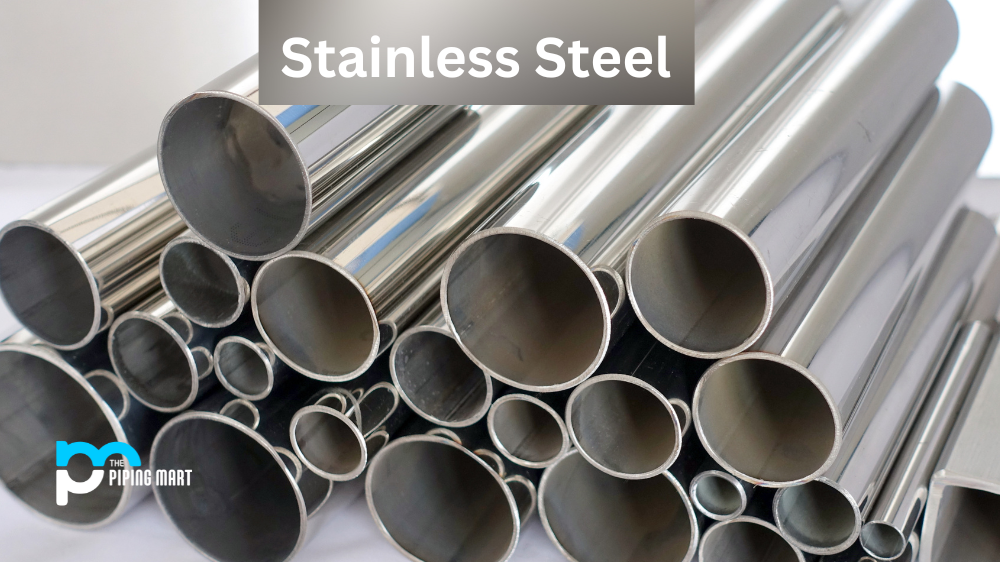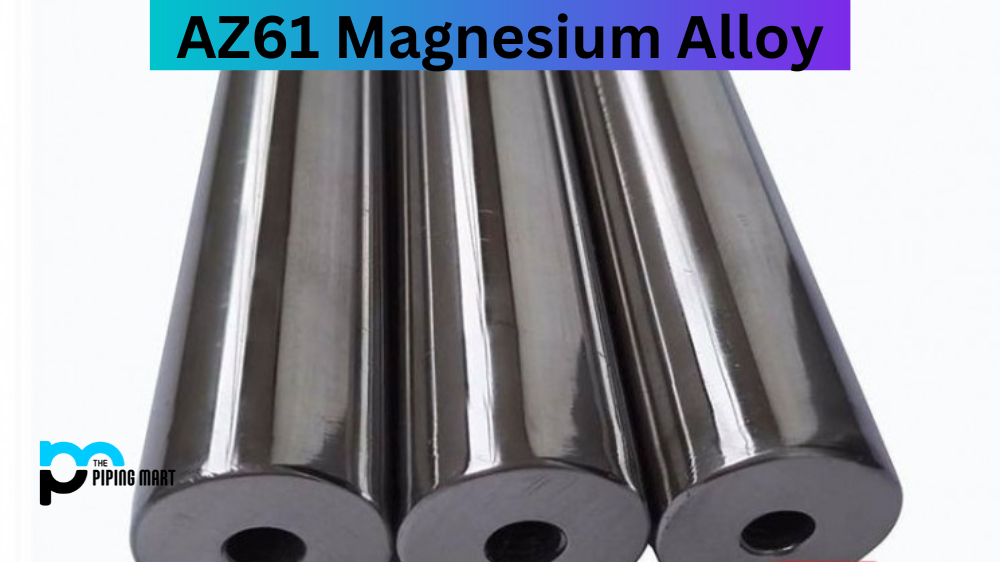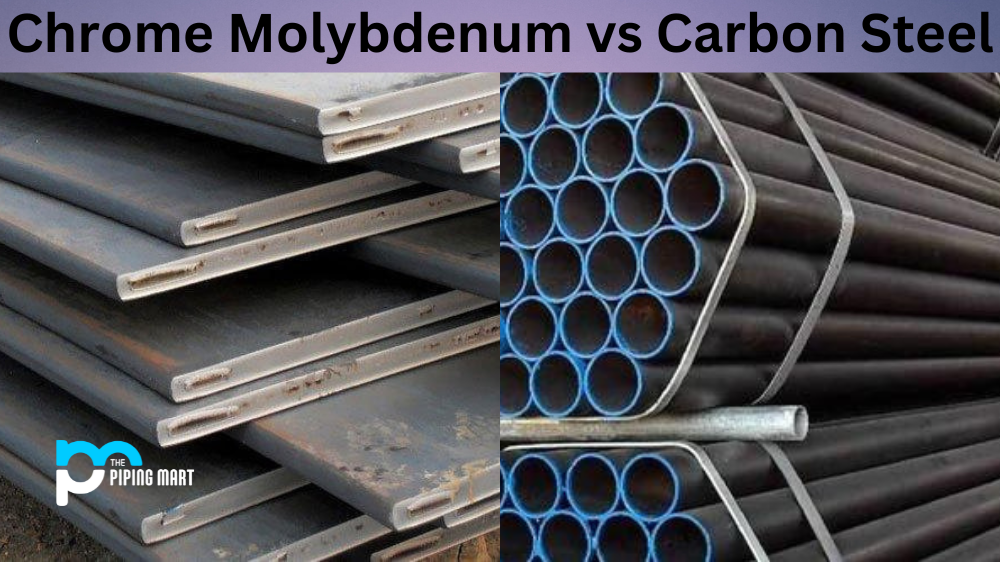Stainless steel is a popular material choice for many industries because of its strength and durability. However, it can be easily sensitized when exposed to certain elements, leading to corrosion and decreased performance. To protect your stainless steel from sensitization, there are several steps you can take to keep it safe and secure. Let’s look at how you can prevent sensitization in stainless steel.
Use Appropriate Cleaning Methods
The best way to minimize the risk of sensitization is by using appropriate cleaning methods. Avoid abrasive materials such as steel wool or wire brushes, as these can cause damage that increases the likelihood of sensitization. Instead, use non-abrasive materials such as nylon scrubbing pads or soft cloths with mild detergents. Ensure the cleaning solution is neutral or slightly acidic (pH 6-8). If possible, rinse off any soap with clean drinking water before drying the stainless steel surface with a soft cloth.
Minimize Welding/Brazing Heat Input
When welding or brazing stainless steel components, it’s essential to limit the amount of heat input into the material to reduce the risk of sensitization. This means using small arcs and low amperage settings when welding and avoiding large puddle sizes when brazing. It’s also essential to ensure that all weld filler metals are compatible with the parent material by performing an alloy composition analysis if necessary.
Keep Temperature Low During Heating Processes
If you need to perform heating processes on stainless steel components—such as tempering or annealing—it’s important to keep temperatures low to limit the risk of sensitization. The exact temperature will vary depending on whether austenitic or ferritic grades are used but should generally be kept below 900°C for austenitic and 1100°C for ferritic grades. Additionally, if possible, avoid excessive soaking during these processes, as this usually results in higher levels of intergranular corrosion over time.
Conclusion:
For those who work with stainless steel regularly, preventing sensitization is essential for ensuring optimal performance and longevity over time. By following these simple tips—from using appropriate cleaning methods to minimizing heat inputs during welding/brazing processes—you can significantly reduce the risk of sensitization and enjoy long-term success with your stainless steel components!
Rachana is a dedicated and ambitious young woman who has made a name for herself in the metal industry. From her earliest days in the industry, Rachana showed a natural talent for problem-solving and a keen eye for detail. In her free time, She enjoys reading up on the latest advancements in the industry, as well as exploring new ways to innovate and improve upon existing processes.




